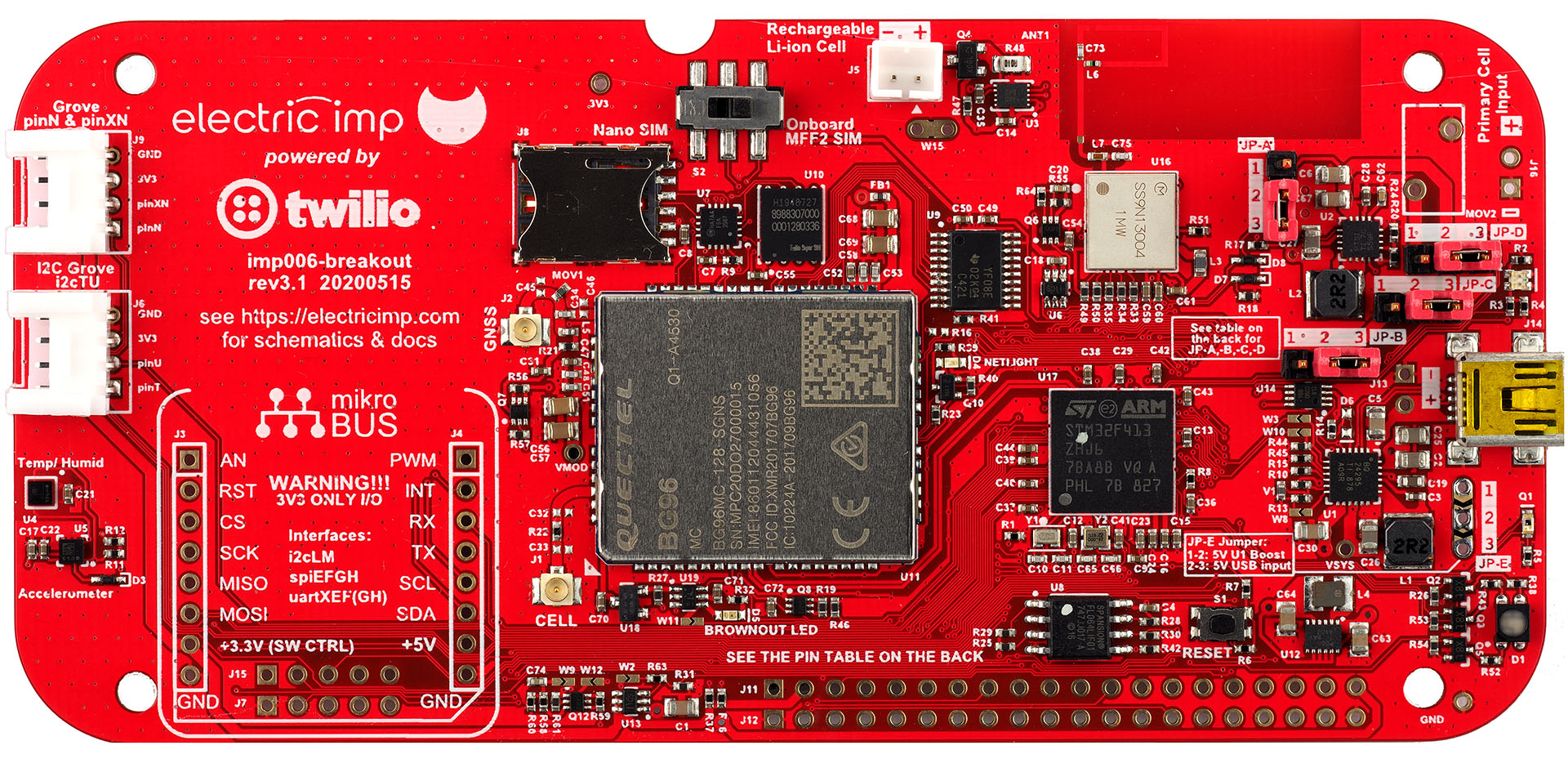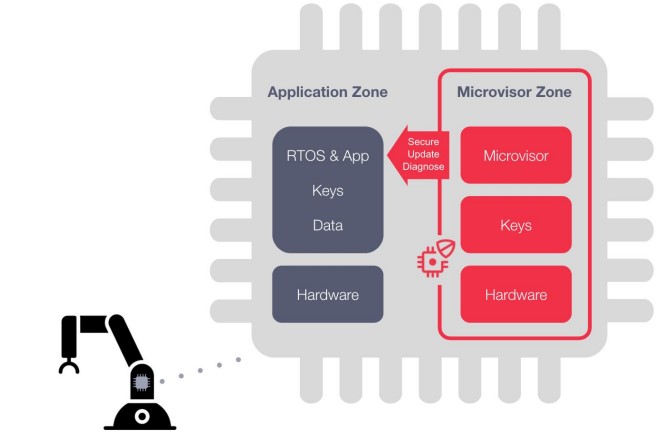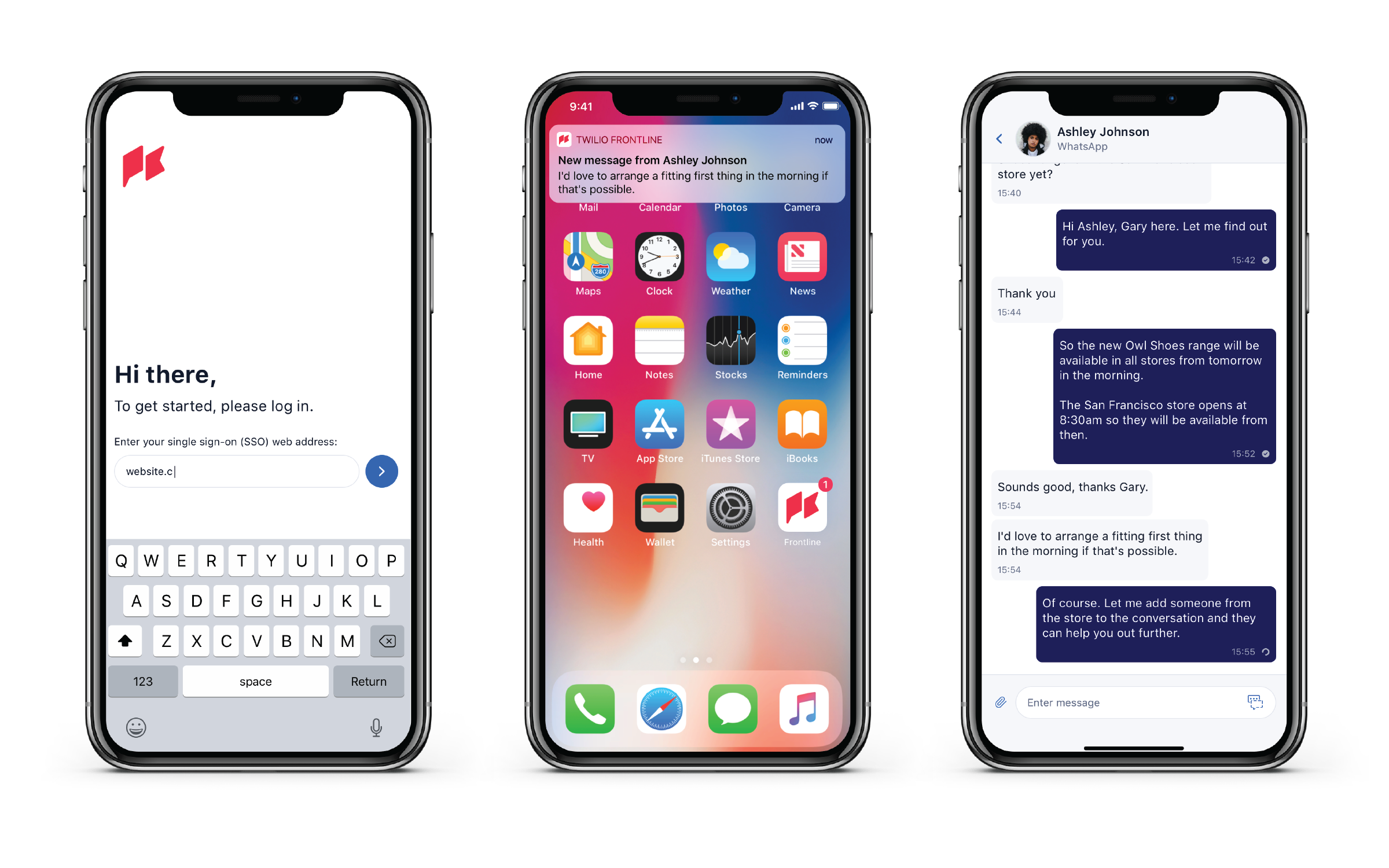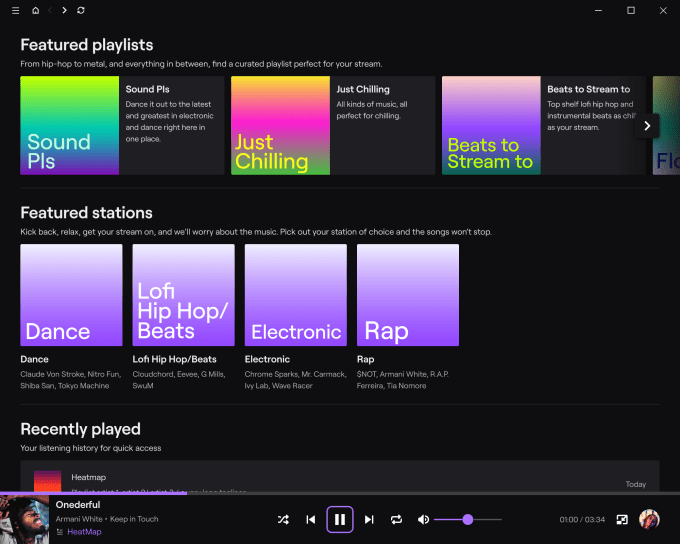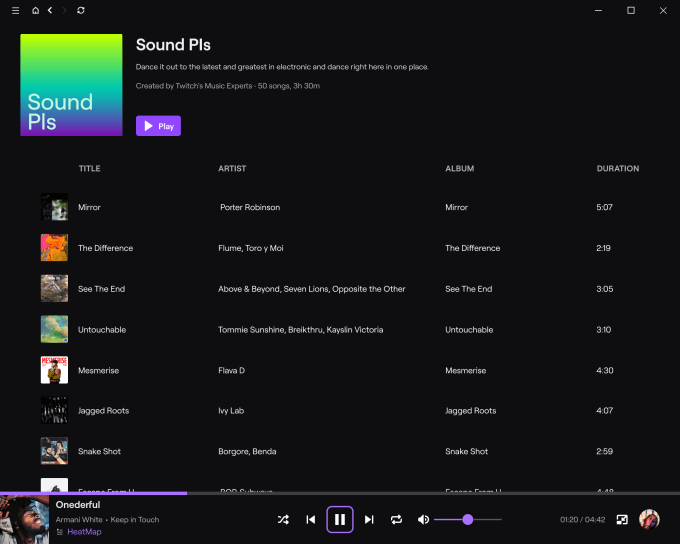Two direct listings in one day. Lots to talk about.
Asana started trading just a bit after noon Eastern today, quickly zooming to roughly $29 a share in early trading this afternoon. We are still waiting for the first trades of Palantir to hit the market.
Asana’s reference price was revealed yesterday by the NYSE, and it was set for $21 a share. The company had roughly 150 million shares of stock outstanding on a fully diluted basis, which gave it a pre-market reference value of $3.2 billion. Palantir for its part was assigned a reference price of $7.25 a share, giving it a $16 billion implied valuation. At its current share price, Asana is valued at roughly $4.4 billion.
The two companies trade on the NYSE, with Asana under ticker ASAN and Palantir under the ticker PLTR.
For both companies, which are well capitalized, a direct listing seemed to be the right approach to give early employees and other insiders a liquidity option while continuing to maintain tight control of the ship. One difference between the two initiatives is that Asana has no lockup for employee and other insider shares as is typically customary with a direct listing. Palantir pioneered a lockup provision with a direct listing that will allow only roughly 29% of the company’s shares to be available potentially for trading today. The remainder of those shares become eligible for sale over the coming months.
As with all direct listings, no shares are offered by the company upon market debut, and the reference prices published by the NYSE are imaginary if important mental benchmarks for where bankers believe a hypothetical price lies for these two companies.
As my colleague Jon Shieber described a few weeks ago, Asana is an interesting entry into the markets as a long-time SaaS company stalwart that continues to lose buckets of revenue. Despite fast revenue growth of roughly 71%, the company lost $118.6 million on revenues of $142.6 million in fiscal 2020 (Asana has a Feb 1 fiscal year calendar, so those figures are for the bulk of 2019).
The company was last valued at $1.5 billion in late 2018. It secured a bit more than $200 million in venture financing since its founding in 2009, and its founders Dustin Moskovitz and Justin Rosenstein hold large stakes in the company of roughly 36% and 16.1% respectively.
Over at Palantir, which we have covered extensively the past few weeks, the company is even more of an outlier, with large-contract government sales that accrue over many years. The company reported a total of 125 customers, losses of $580 million on revenues of $743 million last year, and projected revenues of just above $1 billion for 2020.
While Palantir’s reference price was below the final secondary trades held by the company in early September before it closed the window in the run up to its IPO, that price was well-above the average trading of the past 18 months.
For both companies now, the public markets beckon, and the first public quarterly results are coming due here in a few weeks. You can read more about Asana on the company’s investor relations page. Like so much else at Palantir, it doesn’t have an investor relations page (yet?) as of the time of writing this article, but presumably the company will want to connect with investors at some point in the near future, one would hope.

